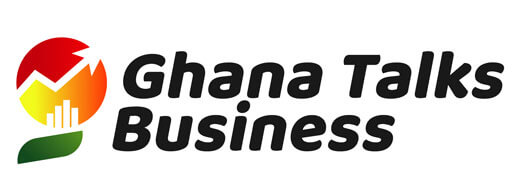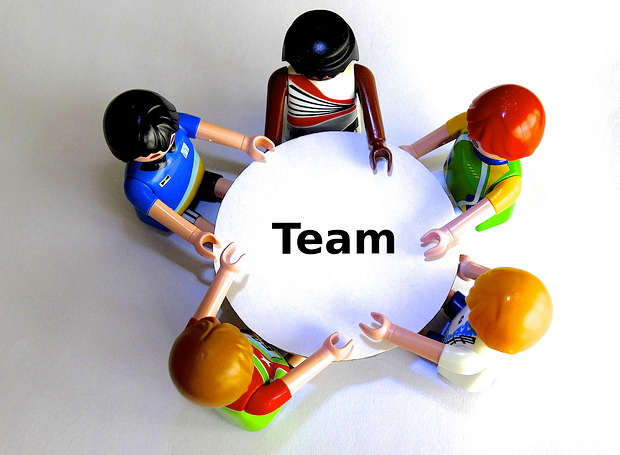Why “teams are not cocktail parties,” and other words of wisdom.
body sets out to lead an ineffective team. In fact, leaders agonize over fostering teams that work well together and deliver smart solutions time and time again—the kind of teams that, in Leigh Thompson’s words, “go through the various storms, the successes, the failures, and keep coming out alive.”
The only problem? Many of the strategies leaders have adopted to improve teamwork, while well-intentioned, are not all that effective. Thompson, a professor of management and organizations at Kellogg and an expert on teamwork, clears up five popular misconceptions. In the process, she offers a roadmap for building and maintaining teams that are creative, efficient, and high-impact.
1. Teams are not cocktail parties: don’t invite everyone.
When building a team, business leaders often fall into two traps: they make the team too big and too homogenous.
Trying to be overly inclusive leads inevitably to a team that is too large. One strategy for managing team size is to consult specialists only when their expertise is required rather than keeping them on full time.
Adding some fluidity to team membership can also help with the problem of homogeneity. In team sports, you hear a lot about the importance of team chemistry—that innate understanding that leads to the no-look pass or the intuitive hit-and-run. While building a team of like-minded individuals may create a safe and comfortable environment, it also elicits a narrower vision and less productive friction than a team that is diverse both in personality and function.
“We found that changing the membership of a team—taking out one member and putting in a new member while holding everything else constant—actually leads to an increase in creative idea generation,” says Thompson. This process also prevents so-called “cognitive arthritis,” which happens when static teams start to think along well-worn mental ruts.
2. It is possible to set ground rules without stifling creativity. Some structure may even spark creativity.
For team leaders, nailing the balance between offering freedom and providing structure is never easy.
“I think one of the biggest mistakes that leaders of new teams make is that they say something like, ‘our rule is that we have no rules,’” says Thompson. This rule-less approach attempts to give teams autonomy, but it generally backfires. What tends to happen is that each person waits for someone else to take action, creating paralysis, or worse, dysfunction.
Though it may seem like a drag on creativity to spend time establishing ground rules, teams function better over the long term with an explicit written charter. This document identifies—ideally in one sentence—the goal of the team, establishes the rules of operation, and defines where responsibilities lie.
“Teams do a pretty good job of evaluating or expanding on ideas, but they don’t do a good job of generating ideas.”
“Teams that develop a charter end up being more nimble, having more proactive behavior, and achieving their goals more than teams that don’t bother,” says Thompson.
Even the process of developing a charter can improve team cohesion and effectiveness. Thompson describes how a team of doctors at a pharmaceutical company overcame what she calls their “analysis paralysis”—a habit of weighing every possibility to such an extent that nothing was ever decided. The team finally composed a charter using a single flip chart and several pens. “These scientists ended up collectively writing something that they could get on board with because they were all authors and they knew it was a work in progress.”
3. Drop the pride talk. Vulnerability can be a good thing.
Corporate retreats tend toward the celebratory. Managers highlight progress and recognize employees of the year. Such praise aims to act as a kind of cultural glue, binding teams together through shared accomplishment and optimism.
“This is pride talk,” says Thompson. But does pride talk actually improve teamwork?
Thompson ran a series of studies in which some teams were told to share accomplishments with each other while other teams shared embarrassments. To her surprise, Thompson found that team members who talked about an embarrassing moment generated more ideas in subsequent brainstorming sessions. Embarrassment, not pride, spurred creative and effective teamwork.
“It’s somewhat unintuitive that putting out our worst moment in the last six months can actually help our team,” says Thompson. “Almost all of our intuitions are wrong.”
4. You may be able to cut your meeting time in half—if you are smart about it.
In theory, meetings are designed to increase team efficiency—a purpose they rarely live up to in practice. Most teams meet too infrequently and for too long, says Thompson. Research has demonstrated that, given a two-hour meeting, people will work to fill it; but meetings that are half as long are usually just as productive. It is better to have four hour-long meetings than two two-hour meetings.
What can leaders do to make the most of a shorter meeting? “Teams do a pretty good job of evaluating or expanding on ideas, but they don’t do a good job of generating ideas,” Thompson says. So to optimize meeting time, she recommends a facilitator solicit contributions related to the agenda beforehand to serve as the starting point for discussion.
Facilitators are also responsible for encouraging full participation. After all, the diversity of a team is only valuable if that diversity is given voice. Studies have shown that on a team of eight people, one or two members often do up to 70 percent of the talking.
Thompson recommends “speed storming”—“think of it as brainstorming meets speed dating”—as one way to get the entire team involved. This exercise briefly pairs team members for one-on-one discussion and ideation sessions. After pairs have talked for a short period, people shift seats and begin again with a different partner.
5. It is possible for teams to get along too well. Agree to keep disagreeing.
“Some teams are too polite,” warns Thompson. “They don’t challenge one another because they’re afraid that they will drive a wedge in team cohesion.” But properly managed disagreement helps teams avoid groupthink while probing the strengths and weaknesses of any idea.
Thompson gives the example of an executive who lamented that people in her company were being too polite during meetings and then engaging in passive-aggressive water-cooler talk later. The executive hired a debate coach to teach her team to make debating issues part of the meeting, rather than allowing disagreements to become the fallout afterward.
The challenge for leaders lies primarily in sowing productive disagreement, which means creating an environment where everyone feels comfortable voicing their own opinions and challenging others’. And the disagreement must remain free of personal attacks.
“You’re hard on the problem and respectful of the people,” says Thompson.
In practice, eliciting this kind of “responsible feedback” can be difficult. So Thompson offers a tip: have team members write down rather than vocalize their opinions and recommendations. Studies of brainstorming indicate that teams often never make it past the second idea before they suppress their concerns. However, when ideas are challenged—without being assaulted—this can often spur truly great ideas.
“When team members are thinking through different possible courses of action, then everybody can be writing cards that talk about a pro and a con. This helps build a balance of feedback,” says Thompson. “Let’s talk about the positives; then let’s talk about the negatives.”
Source: Kellog Insight










